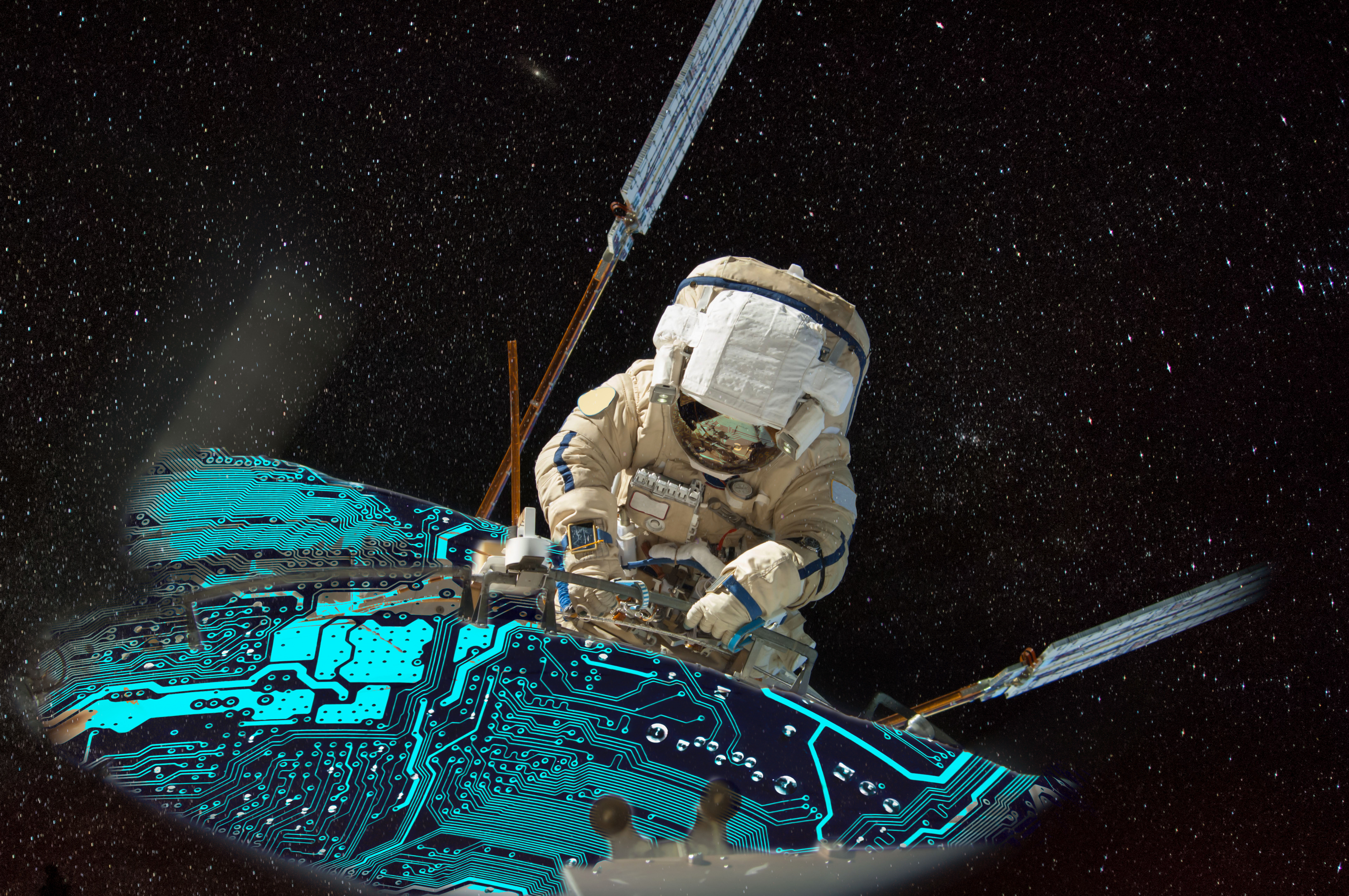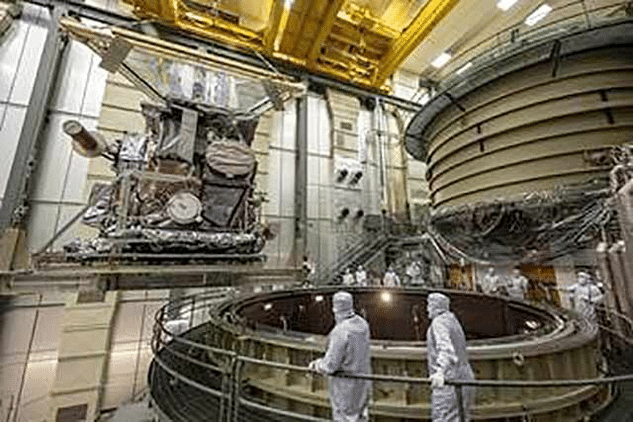Success Stories
SSAIHQ CMS Display Portlet
Success Stories
Breadcrumb
SSAI-led Electrical Engineering Teams make Critical Contributions to Spaceflight, Airborne, and Ground System Instruments
 Successful instrument engineering is highly dependent on integrating the expertise of systems, mechanical, and electrical engineers. While SSAI offers services in all of these areas, of particular note is our Electrical Systems Engineering Services team, which provides electrical/electronic engineering support services and related work to the NASA Goddard Space Flight Center (GSFC), and other NASA Centers as requested, for the study, design, development, fabrication, integration, testing, verification, and operations of a variety of spaceflight, airborne, and ground system elements that contribute to multiple NASA missions.
Successful instrument engineering is highly dependent on integrating the expertise of systems, mechanical, and electrical engineers. While SSAI offers services in all of these areas, of particular note is our Electrical Systems Engineering Services team, which provides electrical/electronic engineering support services and related work to the NASA Goddard Space Flight Center (GSFC), and other NASA Centers as requested, for the study, design, development, fabrication, integration, testing, verification, and operations of a variety of spaceflight, airborne, and ground system elements that contribute to multiple NASA missions.
SSAI's Electrical Systems Engineering team designs, develops, fabricates, integrates, tests, verifies, and operates a variety of spaceflight, airborne, and ground system elements that contribute to multiple NASA missions.
Overview
SSAI is expertly managing over 180 engineers and technicians, plus nearly that many additional staff members from several teammates and subcontractors, in pursuit of success on dozens of task orders. Work includes providing personnel, facilities, and materials primarily concentrated on command and data system electronics, electronic parts and component technologies, radiation effects and analysis, power system elements and electronics, communication technologies and systems, optical components and systems, detector development and calibration, and system level integration and testing. Support is applied to spaceflight science instruments, spacecraft, observatories, and associated ground system elements for various missions.
Results
SSAI-led electrical engineering teams are making critical contributions to the following instruments: the Nancy Grace Roman Space Telescope (RST), including the Wide Field Instrument; the Plankton, Aerosol, Cloud, Ocean Ecosystem (PACE) mission, including the Ocean Color Instrument (OCI); Landsat 9 and the Thermal InfraRed Sensor-2 (TIRS-2) instrument; the Geostationary Operational Environmental Satellite (GOES) Program; and the X-Ray Imaging and Spectroscopy Mission (XRISM), including the Resolve Soft X-ray Spectrometer. These are simply a sampling of the whole array of science instruments and missions made possible by SSAI’s expert engineers.
 Moreover, SSAI’s team has provided support for all phases of development for the Landsat 9 / TIRS-2 instrument—from Parts Engineering, through Electronics and Harness Development, and finally, Integration and Testing of the completed system, both at the instrument-level and for integration onto the Landsat 9 spacecraft bus. SSAI’s engineering support is continuing through the Landsat 9 launch, and beyond.
Moreover, SSAI’s team has provided support for all phases of development for the Landsat 9 / TIRS-2 instrument—from Parts Engineering, through Electronics and Harness Development, and finally, Integration and Testing of the completed system, both at the instrument-level and for integration onto the Landsat 9 spacecraft bus. SSAI’s engineering support is continuing through the Landsat 9 launch, and beyond.
Furthermore, the XRISM mission is a partnership between NASA and the Japan Aerospace Exploration Agency (JAXA), designed to investigate celestial X-ray objects with high-throughput imaging and high-resolution spectroscopy. With significant SSAI support, GSFC has collaborated to produce the Soft X-ray Telescope instrument detector system known as “Resolve,” which consists of two X-ray mirrors, an Adiabatic Demagnetization Refrigerator (ADR), a cryogenic detector suite, and associated controller electronics boxes. SSAI’s team has achieved the primary objectives to complete the integration of the ADR as well as the production and delivery of the X-ray Amplification and Digitization Box (Xbox) and the ADR Controller (ADRC) electronic units. These boxes provide the operational controls for the detector and associated instruments that are cooled to 50 mK using the magnetic refrigerators. SSAI recently concluded the Resolve integration and testing and is now supporting XRISM system level integration and testing at various test facilities in Japan.
In response to the expertise and effort demonstrated by our electrical engineering teams, SSAI and individual team members have received accolades, awards, and recognition for the superior support and customer service provided to our customers. SSAI is proud to be skillfully contributing to nearly every spaceflight instrument and mission activity in which NASA’s GSFC is involved and looks forward to new and ongoing collaboration efforts.

